Devices that transfer energy between fluids at different temperatures.
Only work interaction : Flow work
![]()
![]() (heat loss to the surroundings)
(heat loss to the surroundings)
|
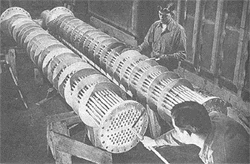 Shell-and-Tube Heat Exchanger 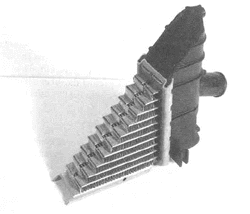 Automobile Radiator (Reference: F. Kreith and M. S. Bohn, Principles of Heat Transfer, 5th Ed., West Publishing Company, St. Paul, 1993.) |
|||||||||||||||||||||||||||||||||||||
|
Flow-restricting devices (valves, porous plugs) used to reduce the pressure of a gas or a liquid. The pressure drop in the fluid is often accompanied by a significant change in temperature. The temperature change depends on the Joule-Thomson coefficient. Unlike turbines, they produce a pressure drop without involving any work. |
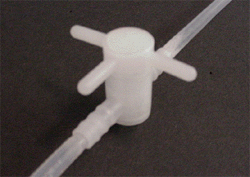 Example of Flow-Restricting Device: Valve |
|
Throttling
Devices
|
|
|
Conservation
of Mass
|
|
|
Conservation
of Energy
|
 or
or |
|
Ideal
Throttling Process
( |
|
The final outcome of a throttling
process depends on which of the two quantities increases during the process.
If the flow energy increases during the process (![]() )
, it can do so at the expense of the internal energy. As a result, internal
energy decreases, which is usually accompanied by a drop in temperature.
)
, it can do so at the expense of the internal energy. As a result, internal
energy decreases, which is usually accompanied by a drop in temperature.
If the product pv decreases, the internal energy and the temperature of a fluid will increase. In the case of an ideal gas (h = h(T)), the temperature has to remain constant during a throttling process.
When analyzing an unsteady-flow process, it is important to keep track
of the mass and energy contents of the control volume as well as the energy
interactions across the boundary.
|
Examples
for Unsteady-Flow Processes
|
||
|
Inflating
a Tire
|
Filtration
System of an Aquarium
|
Cooking
with an Ordinary Cooker
|
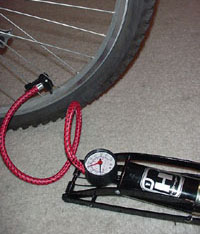 |
 |
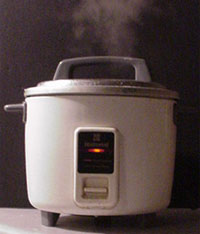 |
|
Uniform-Flow
Processes
|
|
| 1. At any instant during the process, the state of the control volume is uniform. The state of the control volume may change with time, but it will do so uniformly. | |
| 2. The fluid properties may differ from one inlet (or exit) to another, but the fluid flow at an inlet (exit) is uniform and steady. That is, the properties do not change with time or position over the cross-section of an inlet (exit). | |
|
Conservation
of
Mass |
|
|
Conservation
of |
|
